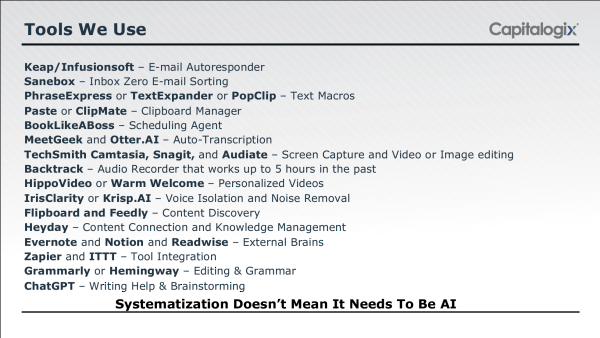When I was young, the Space Race captured the hearts and souls of Americans. But, for the past few decades, it was in the background. Recently, that has changed. The space race is getting hot again. Resources are pouring into this area, and SpaceX is leading the pack.
In 2018, I shared excitement that the boosters he used were reusable. Today, people are talking about how his ship, Starship, could render other rocket programs obsolete.
Fifty-one years after we last landed on the moon, the U.S. is back, and it wasn’t Elon, but the private company Intuitive Machines finally accomplishing the feat.
Odysseus, the unmanned lander, is now sending data back to Earth.
Despite the massive leapfrog in technology over the past 51 years, this is still a massive achievement for several reasons. It was done by a private company, it was still very expensive, it precedes a 2026 manned flight from NASA, and it’s the first commercial flight – not just from the U.S. – to make it to the moon. The trip’s goal is to research the area NASA plans to use for an upcoming mission. They believe there are beads of frozen water in the area, which could help sustain a permanent settlement.
For many years, landing on the moon wasn’t getting any money. Money was scarce. We brought back over 800 pounds of moon rock on our last visit, and what little money there was went to more novel missions. The moon landing symbolizes excitement about the long-term potential of the moon, not just space travel.
I love spaceflight for a lot of the same reasons I love AI.
It’s a global initiative heralding innovation and improvements that transform the world. It’s the genesis of many exponential technologies.
Many astronauts, even from back in the Apollo days, talk about the incredible feeling they get after a few days in space. As they gaze on the Earth from above, they lose their sense of borders and nationality. The Saudi astronaut Sultan bin Salman Al-Saud, who flew on the Space Shuttle in 1985, commented on this, saying, “The first day or so we all pointed to our countries. On the third or fourth day, we were pointing to our continents. By the fifth day, we were aware of only one Earth.”
It reminds me of Carl Sagan’s video on “The Pale Blue Dot.”
In 1977, five years after we left the moon, the Voyager 1 launched into space. Just over a dozen years later, the Voyager 1 spacecraft had traveled farther than any spacecraft/probe/human-made anything had gone before. It was approximately 6 billion kilometers away from Earth. At that point, the Voyager 1 was “told” by Carl Sagan to turn around and take one last photo of the Earth … a pale blue dot.
The resulting photo is impressive precisely because it shows so little in so much.
“Every saint and sinner in the history of our species lived there–on a mote of dust suspended in a sunbeam.” – Carl Sagan
Earth is in the far right sunbeam – a little below halfway down the image. This image (and the ability to send it back to Earth) was the culmination of years of effort, the advancement of technology, and the dreams of humankind.
The resulting speech from Carl Sagan is still profound, moving, and worth a listen.
via Carl Sagan
Here’s the transcript:
_____
Look again at that dot. That’s here. That’s home. That’s us. On it everyone you love, everyone you know, everyone you ever heard of, every human being who ever was, lived out their lives. The aggregate of our joy and suffering, thousands of confident religions, ideologies, and economic doctrines, every hunter and forager, every hero and coward, every creator and destroyer of civilization, every king and peasant, every young couple in love, every mother and father, hopeful child, inventor and explorer, every teacher of morals, every corrupt politician, every “superstar,” every “supreme leader,” every saint and sinner in the history of our species lived there–on a mote of dust suspended in a sunbeam.
The Earth is a very small stage in a vast cosmic arena. Think of the rivers of blood spilled by all those generals and emperors so that, in glory and triumph, they could become the momentary masters of a fraction of a dot. Think of the endless cruelties visited by the inhabitants of one corner of this pixel on the scarcely distinguishable inhabitants of some other corner, how frequent their misunderstandings, how eager they are to kill one another, how fervent their hatreds.
Our posturings, our imagined self-importance, the delusion that we have some privileged position in the Universe, are challenged by this point of pale light. Our planet is a lonely speck in the great enveloping cosmic dark. In our obscurity, in all this vastness, there is no hint that help will come from elsewhere to save us from ourselves.
The Earth is the only world known so far to harbor life. At least in the near future, there is nowhere else to which our species could migrate. Visit, yes. Settle, not yet. Like it or not, for the moment the Earth is where we make our stand.
It has been said that astronomy is a humbling and character-building experience. There is perhaps no better demonstration of the folly of human conceits than this distant image of our tiny world. To me, it underscores our responsibility to deal more kindly with one another, and to preserve and cherish the pale blue dot, the only home we’ve ever known.
____
Today, we have people living in space, posting videos from the ISS, and high-resolution images of space and galaxies near and far.
We take for granted the immense phase shift in technology. You have more computing power in your pocket than we first used to go to the moon.
As humans, we’re wired to think locally and linearly. We evolved to live in small groups, fear outsiders, and stay in a general region until we die. We’re not wired to think about the billions and billions of individuals on our planet, or the rate of technological growth – or the minuteness of that all in regard to the expanse of space.
However, today’s reality necessitates thinking about the world, our impact, and what’s now possible.
We created better and faster ways to travel, we’ve created instantaneous communication networks across vast distances, and we’ve created megacities. Our tribes have gotten much bigger – and with that, our ability to enact massive change has grown as well.
Space was the first bastion of today’s innovation, but today, we can look toward AI, medicine, epigenetics, and more.
It’s hard to comprehend the scale of the universe and the scale of our potential … but that’s what makes it worth exploring!
Onwards!


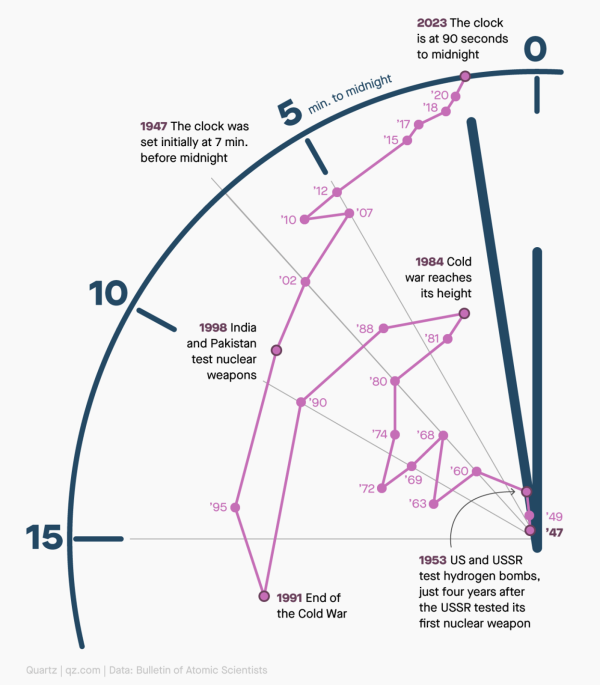
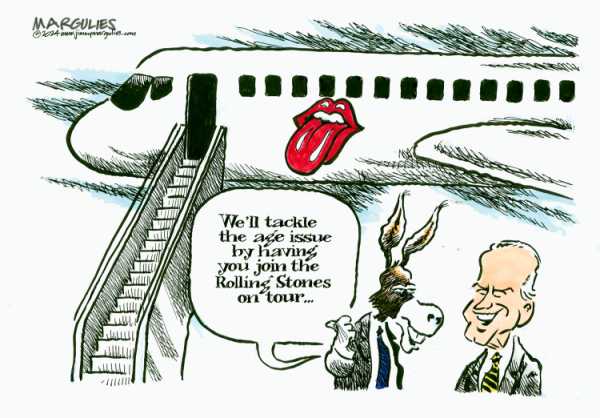
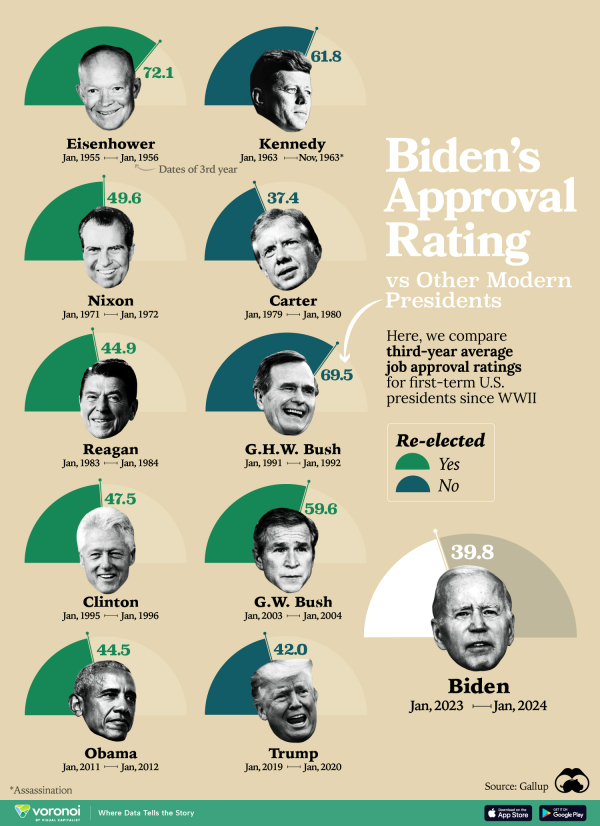
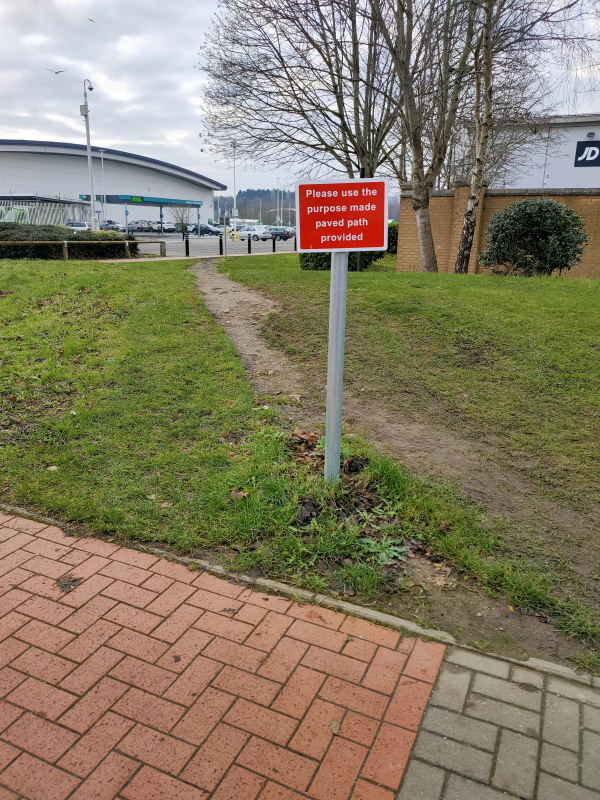
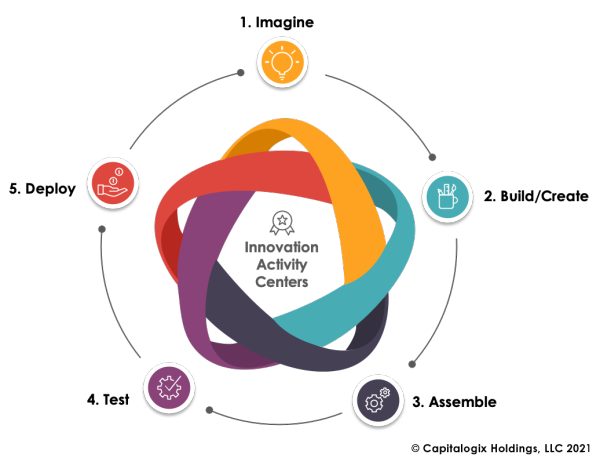

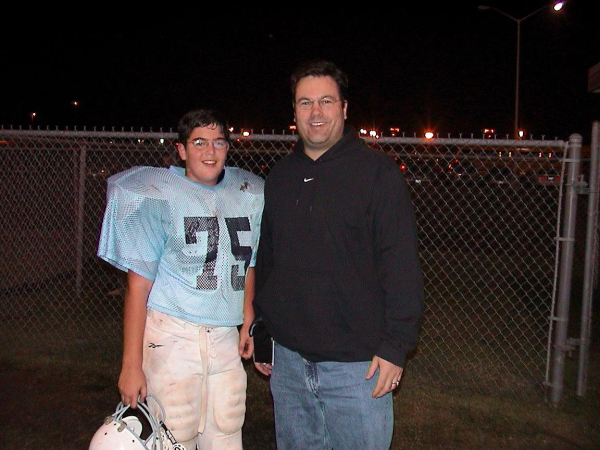
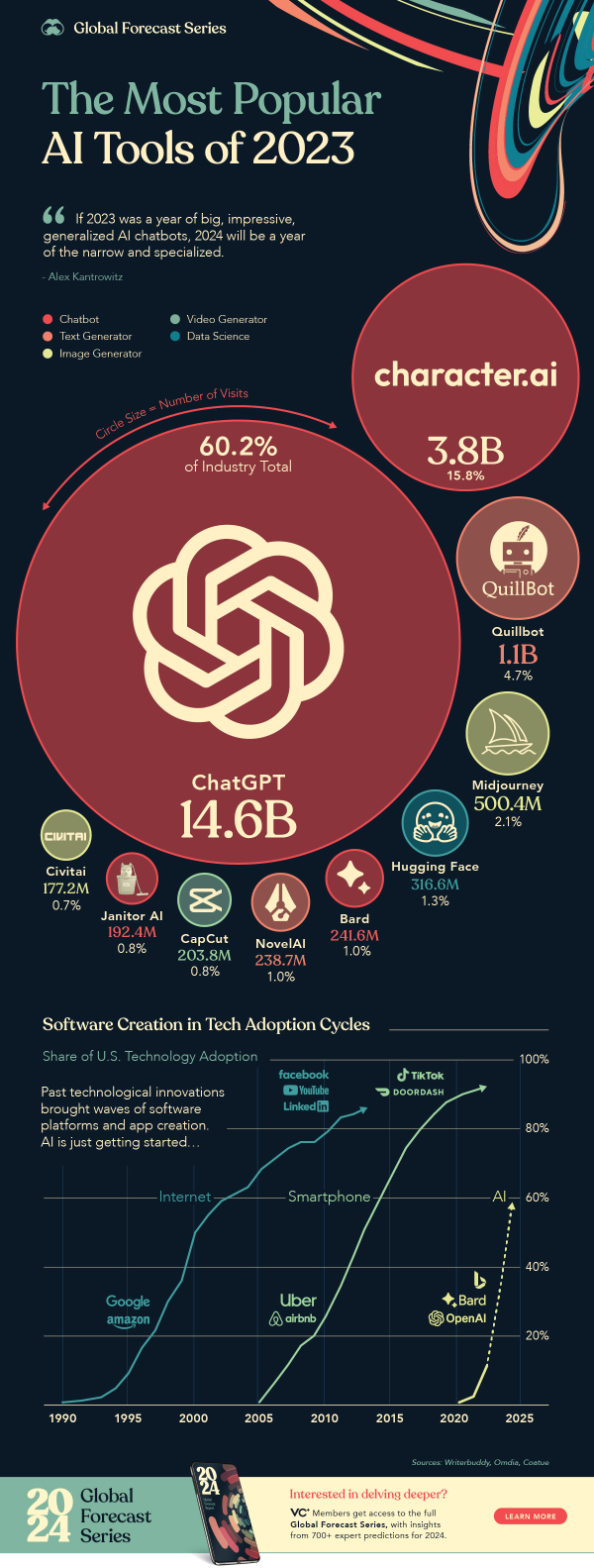
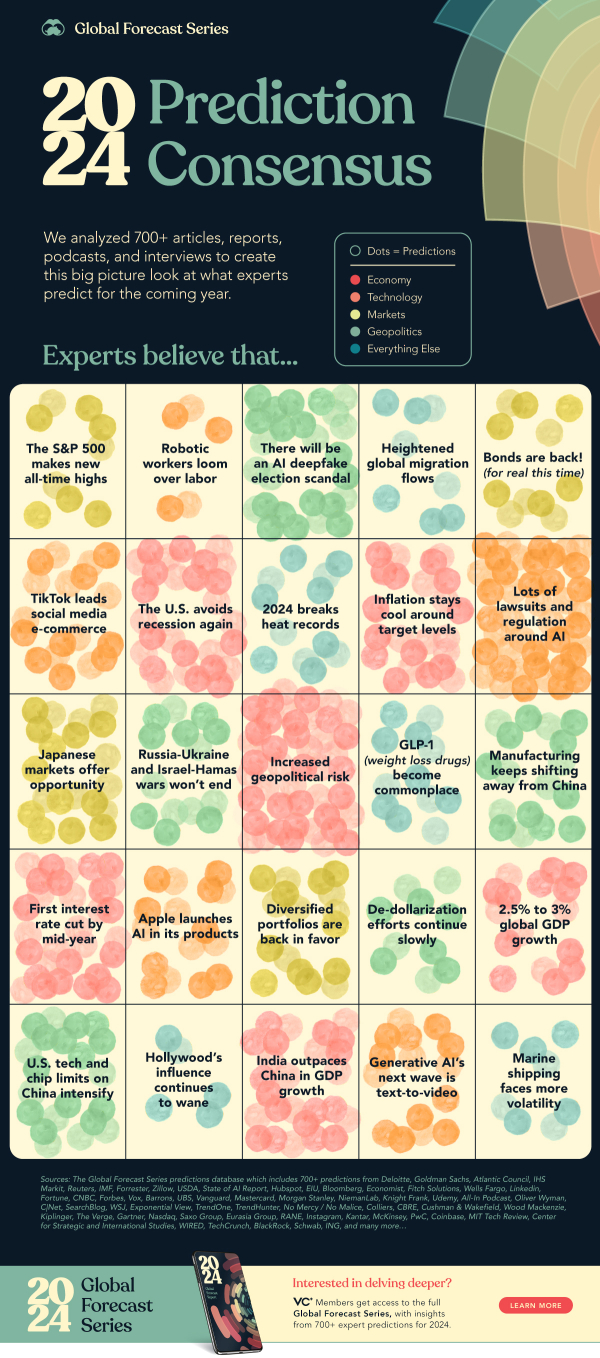 via
via 